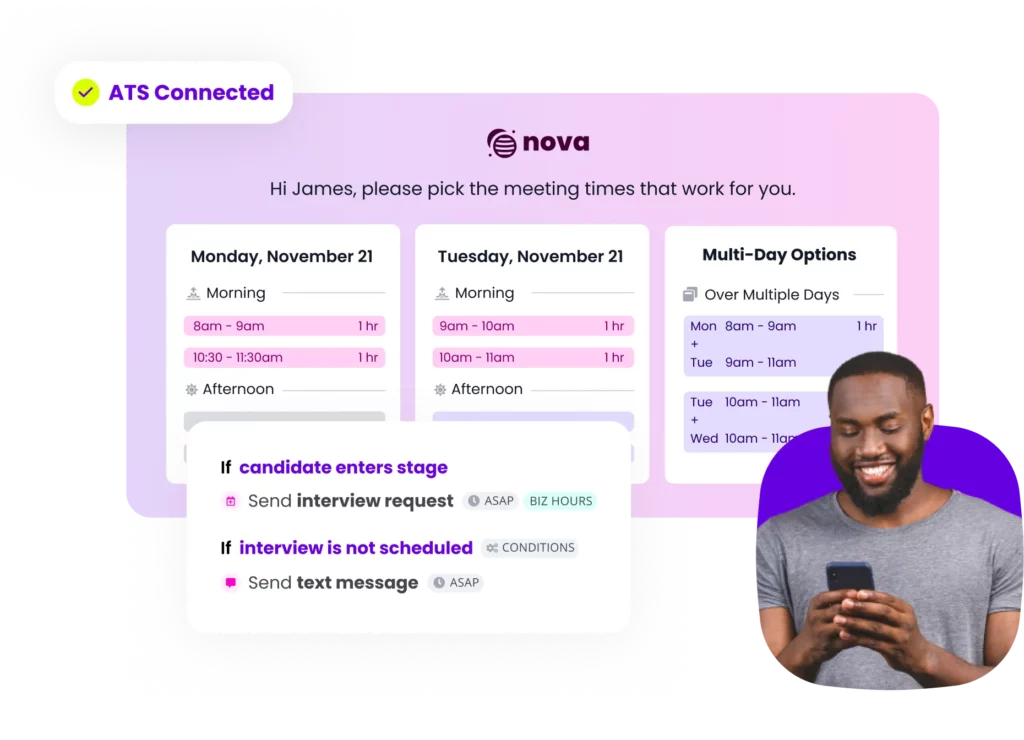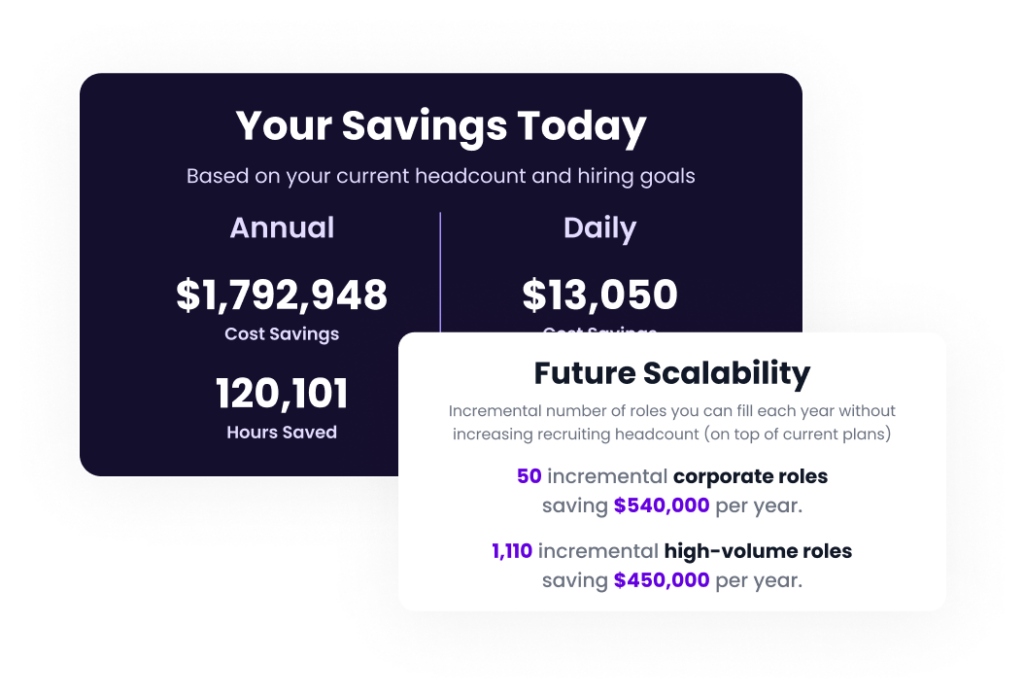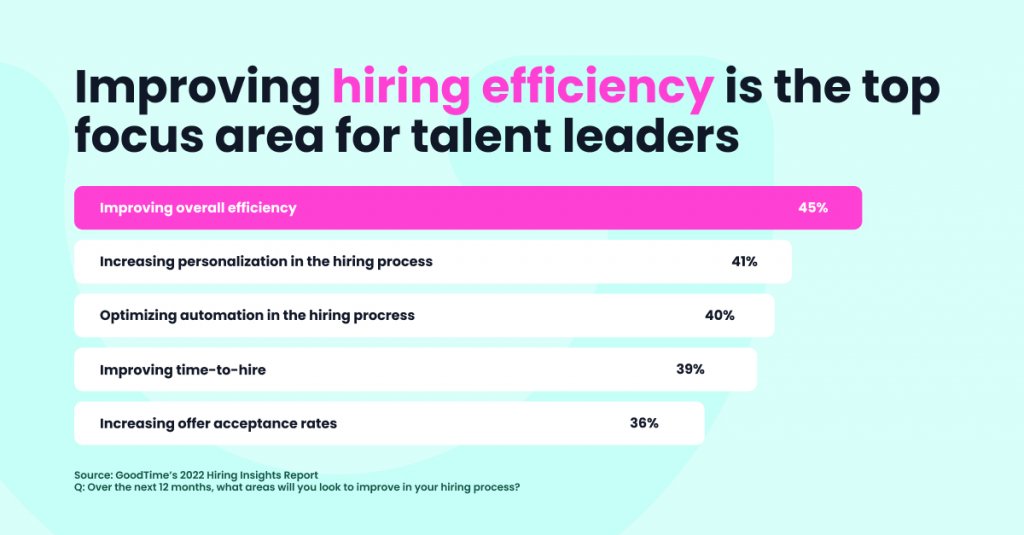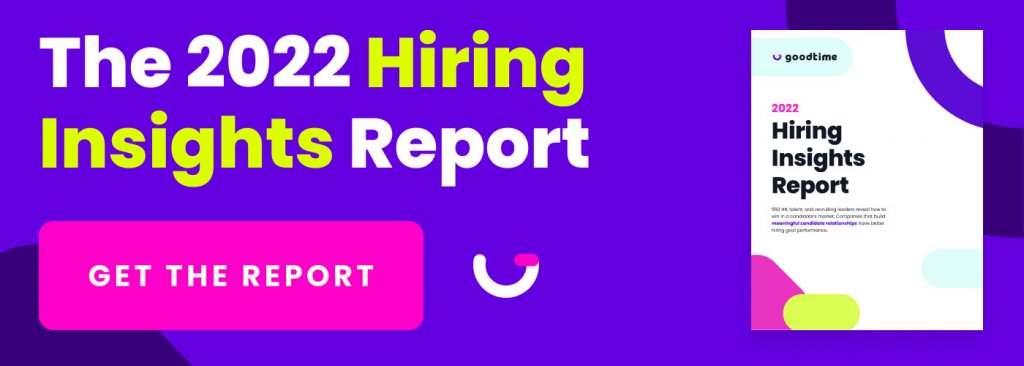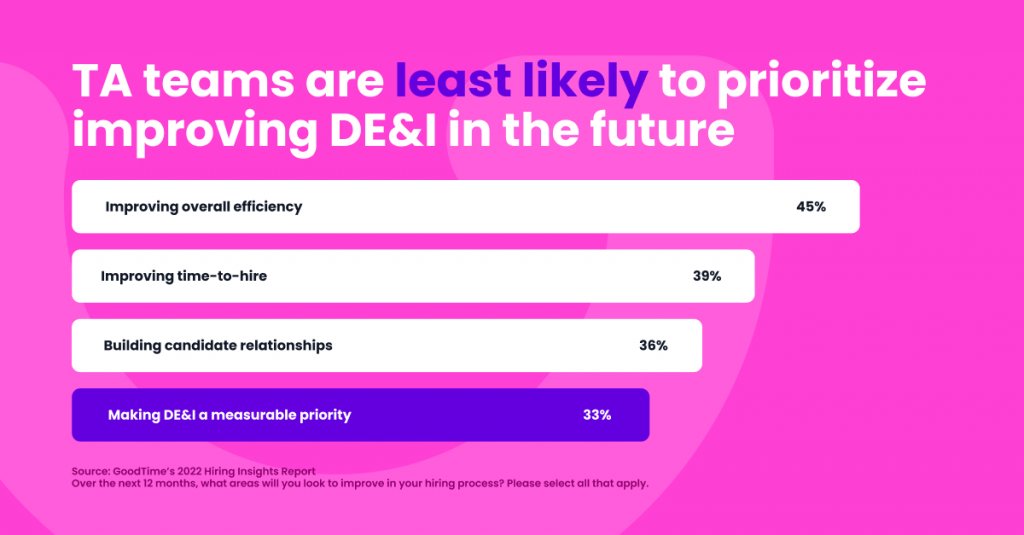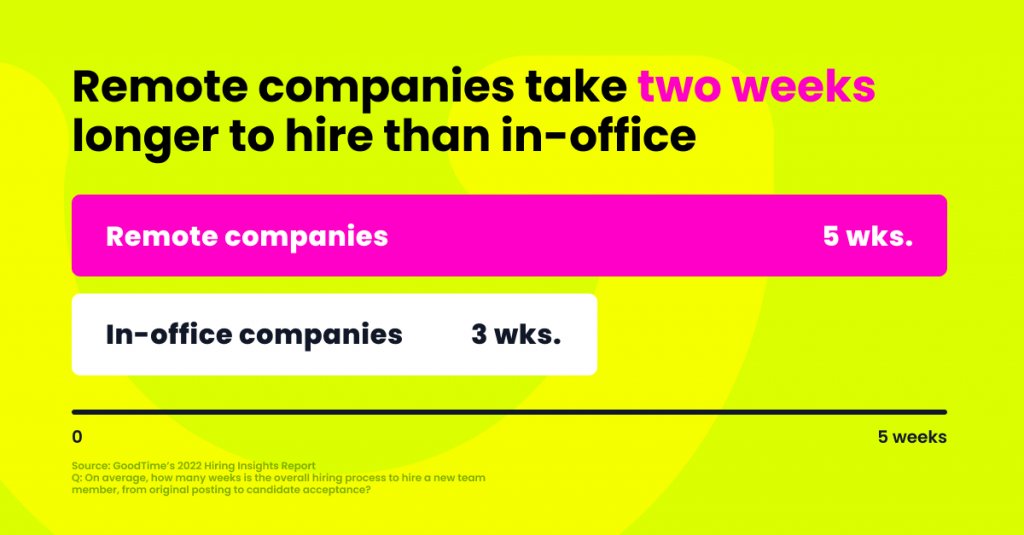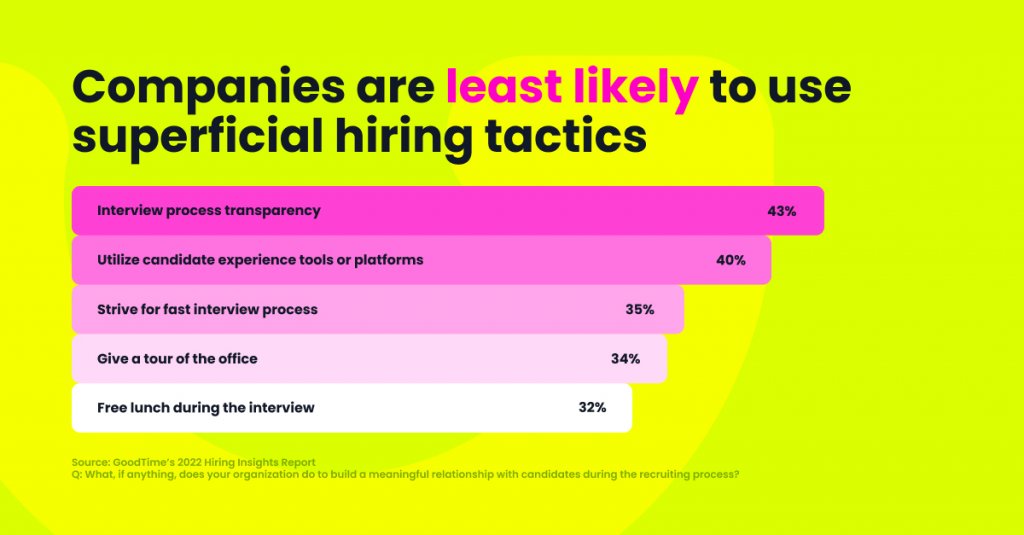Remote work is here to stay. That means competition for top talent just took a hard left turn. Now more than ever, hiring leaders are stepping up their game to create a best-in-class remote candidate experience.
Over the past year, economic and social challenges drove many of us to reconsider how we spend our time, revisit our values, and hit the reset button on our lives. Our 2023 Hiring Insights Report found that 25% of hiring leaders found remote and hybrid work to be a major challenge this year.
Many high-performing job candidates who wouldn’t have previously considered remote work as an option now welcome the opportunity to work from anywhere.
That means if candidate experience mattered before…it really matters now. These candidates understand that the way they’re treated as a remote candidate is the way they’ll be treated as a remote employee. Do they have access to the information they need? Are their time and talents valued? Do they feel connected to the company’s people, its mission?
If you lead a remote team, here’s a quick guide to stepping up your game and creating a best-in-class remote candidate experience.
1. Make it easy for candidates to show off
Many of us became remote office pros over the past year. Creating lighting that flatters, troubleshooting our own technology woes, finding that elusive mute button, we’re doing it all. But that’s not the case for everyone. When interviewing candidates virtually, don’t assume they’re already remote work experts.
Instead, when you’re hiring remotely, go overboard with clarifying the ins and outs of the virtual interview process. Make it easy for candidates to self-schedule their interview at a time they’ll feel their best. Give tips on background, lighting, and audio settings that will set candidates up for success. Take it from Blinkist, a nonfiction book summary service, who’s leading the way in remote candidate experience.
Before interviews, a Blinkist recruiter sends each candidate an overview of what to expect, along with tips for a successful interview, information on the company’s mission and values, and names of the people they’ll meet throughout the process. As a result, candidates go into interviews confident, prepared, and ready to make their best impression.
Even better, the intention and thought they put into the process enables Blinkist to make a positive lasting impression on all candidates — even those who don’t get the job.
Expert take: The importance of the first call
We spoke with Socotra’s Head of Talent Acquisition, Dubi Ben-Shoham, about the role of candidate experience during a downturn. He shared that even in a so-called “employer’s market”, it’s important to prioritize candidates, and that starts with creating a great impression on your first call.
He shared with us, “Don’t underestimate the importance of having senior recruiters do phone screens. Connecting with a candidate on the first call is such a difference-maker when it comes to the candidate experience of the process. I have a lot of fun with that call. That is why we hit every single one of our hiring goals. Interviewing is stressful. If you can, get rid of the stress right off the bat.”
You can watch the highlights of our conversation with Dubi below.
Learn more about recruiting in a downturn or potential recession.
2. Can’t bring a remote candidate to the office? Take the office to them
Many candidates are most eager to learn about your company culture by touring company headquarters. When bringing everyone to the office isn’t an option, take the office to them.
Share company social media accounts with candidates so they can get to know you, send a video of colleagues introducing themselves, or put together a live employee panel event for post-interview Q&A.
Or, learn from Jet.com and their use of virtual reality to create a “show, don’t tell” experience for candidates. This online retailer’s immersive welcome experience enables candidates to get a full view of the company’s culture, people, and workspace—all through video. From observing a meeting with the CEO, to participating in a company-wide happy hour, this remote candidate experience leaves nothing lacking.
3. Be upfront about your commitment to DE&I
Representation matters before, during, and after the interview process. We built GoodTime to keep tech companies from losing top female tech talent when those women didn’t see females on interview panels.
Demonstrate that your team is committed to Diversity, Equity, and Inclusion in your hiring process. Build diverse interview panels that prove your commitment to different points of view. Follow Intel, who diversified their interview panels and saw the number of female and people of color new hires jump from 32% to 45% in two years.
The bottom line? It’s beyond time to prioritize remote candidate experience.
Whether your candidate experience is in-person or online, one of the best ways to stand out is to respect your candidate’s time.
GoodTime makes it easy to deliver seamless interview scheduling, automation, and relationship building, helping you attract and impress today’s top-notch talent.
Learn more about how GoodTime can supercharge your talent acquisition process today.
Automated interview scheduling at warp speed
Lean team? Sky-high goals? No sweat. Secure top talent 50% faster with smart scheduling automation that handles even the trickiest interviews.
